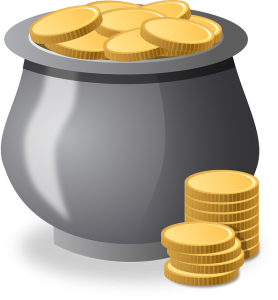 People point to the latter part of the nineteenth century as the golden age of the gold standard. During that time, they claim money was stable and inflation was negligible. Gold and silver coinage reigned supreme and sound fiscal policy was firmly in place.
People point to the latter part of the nineteenth century as the golden age of the gold standard. During that time, they claim money was stable and inflation was negligible. Gold and silver coinage reigned supreme and sound fiscal policy was firmly in place.
Yet a look at this time in American history tells a different story. The matter of money was far from settled. The chaotic age of industrial expansion was reflected in the currency. An enormous number of local moneys and money substitutes existed. They included warehouse receipts, company orders, lottery tickets, private tokens and private bank notes. People constantly jumped from barter to credit or money economies according to the circumstances.
Is Technology Ruining Your Life? Take A Quick Quiz To Find Out By Clicking Here.
Even when money stabilized in 1863 with a system of nationally chartered banks, there was still a “kaleidoscopic variety” of monetary forms. Historian Lendol Calder reports that, “Between 1861 and 1890, five different types of specie circulated, and eleven different types of paper currency, including greenbacks and yellowbacks, silver certificates and private paper money.” (Lendol Calder, Financing the American Dream: A Cultural History of Consumer Credit, Princeton University Press, Princeton, 1999, pp. 78-79.)
The golden age of the gold standard was not all golden.



